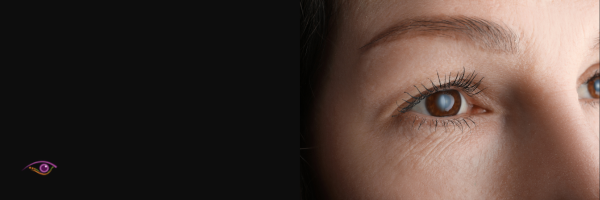The ReadAlyzer
1 in 5 children have an undetected vision problem.
How can this number be so high?
Well, most adults who have a concern with their vision will have noticed a particular time where they have difficulty; for example, the street signs are blurry, or my eyes feel strained after work, or I can’t seem to read for as long before becoming fatigued. However, children generally just think how they see the world is how it’s supposed to be because they have no prior experience to compare it to.
In some cases vision problems in children can be clearly determined; they may be in a classroom and have problems with copying from the whiteboard, or they may not recognise people from a distance, but other issues sometimes aren’t quite as easy to diagnose.
I recently had two of my children in for a vision assessment with our Behavioural Optometrist, John Merrin. Neither of them have an issue with the clarity of their vision, but both have trouble focusing and coordinating their eyes when doing near tasks, so we are monitoring their progress to make sure they develop these skills, and step in to help if they don’t. My eldest son, Archer, has been wearing glasses for school work, home work and screen time for the past 12 months, as the first step in helping his visual system to develop. During this time, while he has made some great academic improvements, he is still a little below his age average with his eye tracking and reading skills.
At our recent appointment, one of the tools John used to determine how well Archers eyes were coordinating was the ReadAlyzer (this is what he’s doing in the picture above). This device is an eye movement recording system which digitally evaluates eye movements while reading. John used the resulting graphs from the ReadAlyzer to show and explain to me how Archers eyes are jumping back and forth across lines instead of moving in a smooth motion when he’s reading. This can make it difficult for him to interpret what he’s reading and it slows down the process, meaning it takes him longer to complete tasks in the classroom.
We’ve decided together to spend more time on reading practice and to monitor his progress over the next term. If there’s little improvement, it will be necessary to take action to develop his skills further with Vision Therapy so that he can continue learning at the pace required in older years of primary school and into the future. Luckily we have a fantastic Vision Therapy program here too!
Vision issues sometimes aren’t clear cut, and children’s vision can be even more so. Even if you don’t have concerns about your children’s vision, we recommend booking them in for an assessment around 5-6 years of age to determine if they have an undetected vision problem.
Help your children have the best start for the school year, book online with us today.
Danielle Bauer
Optical Dispenser



